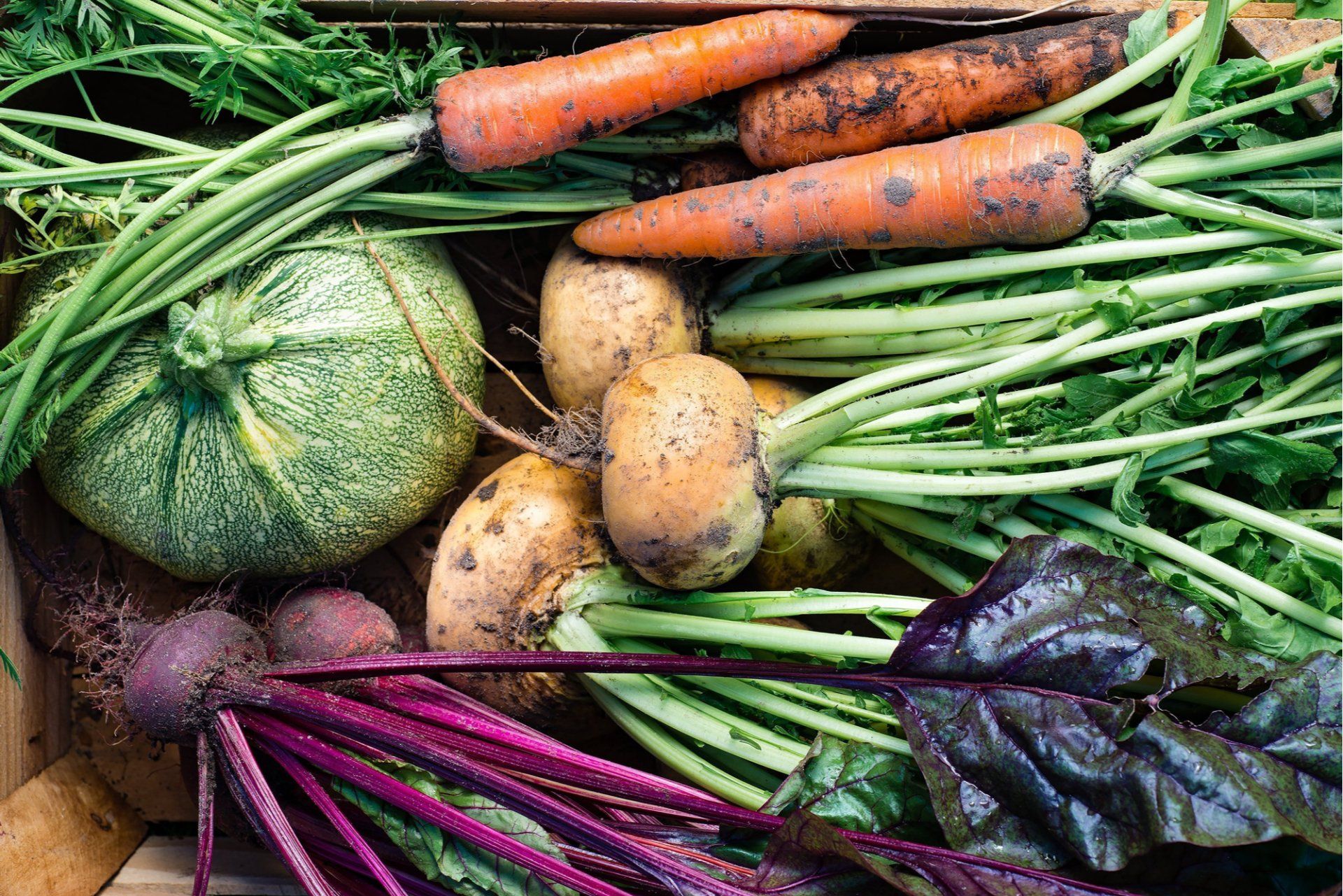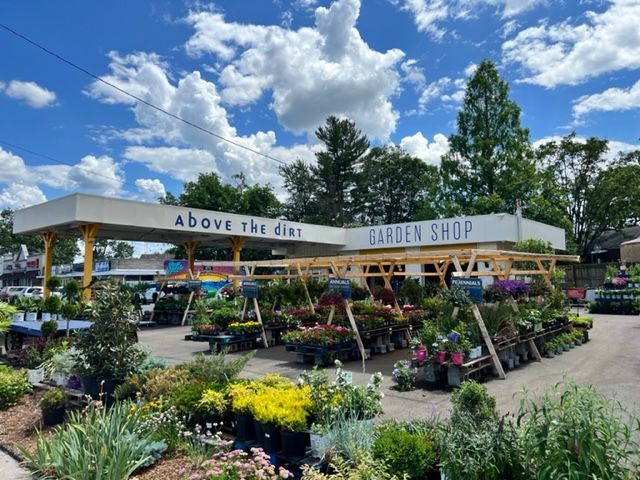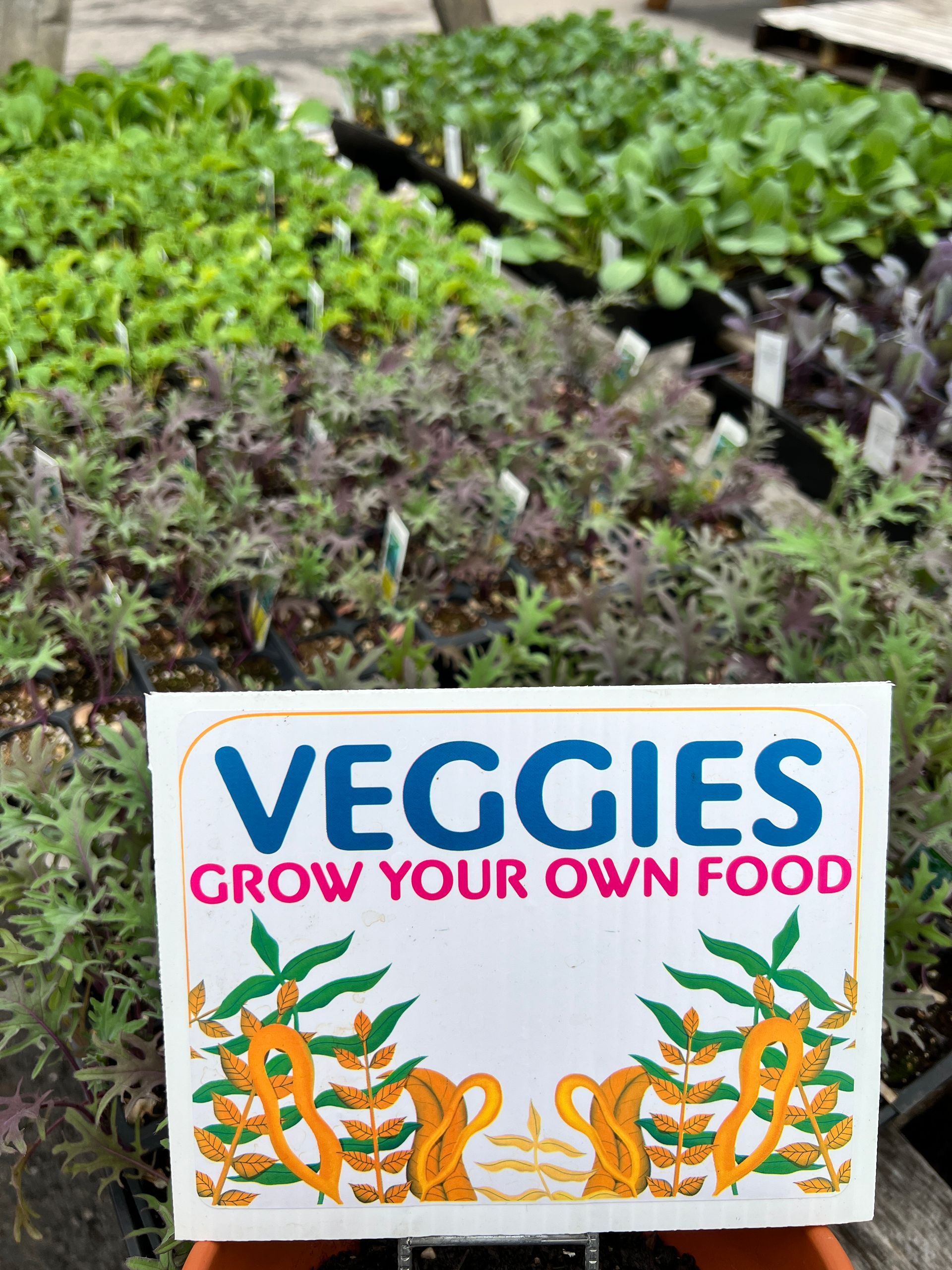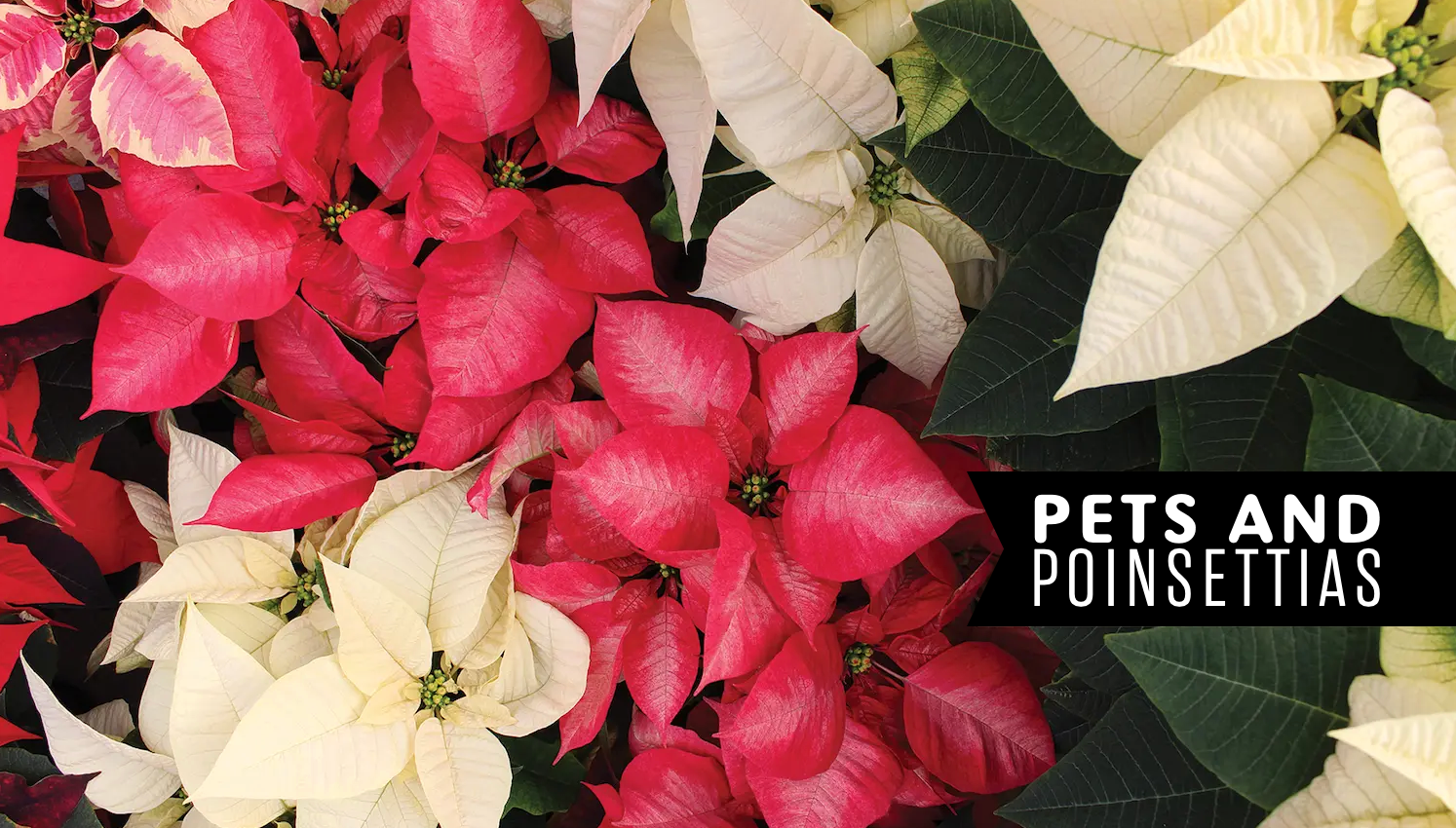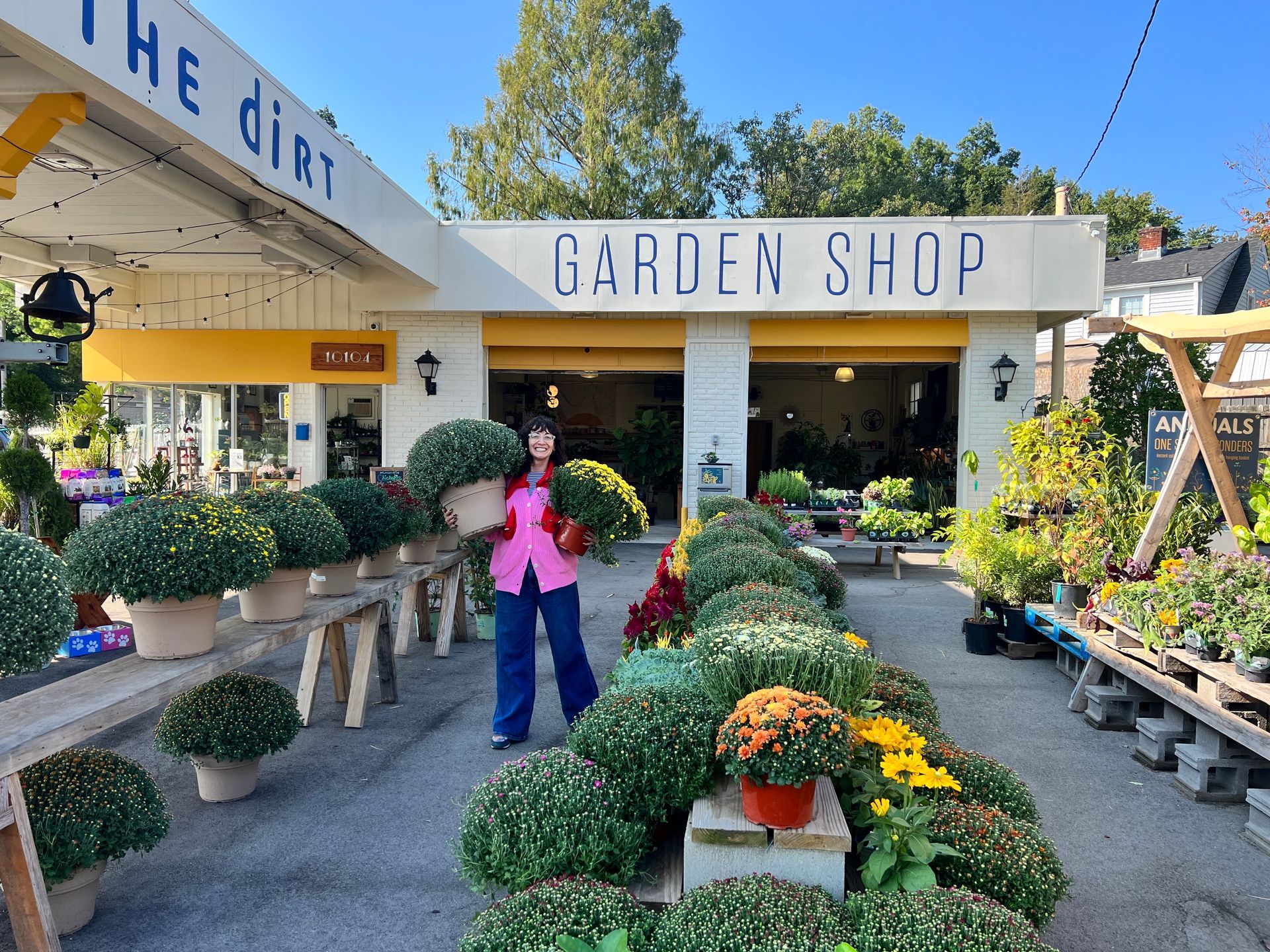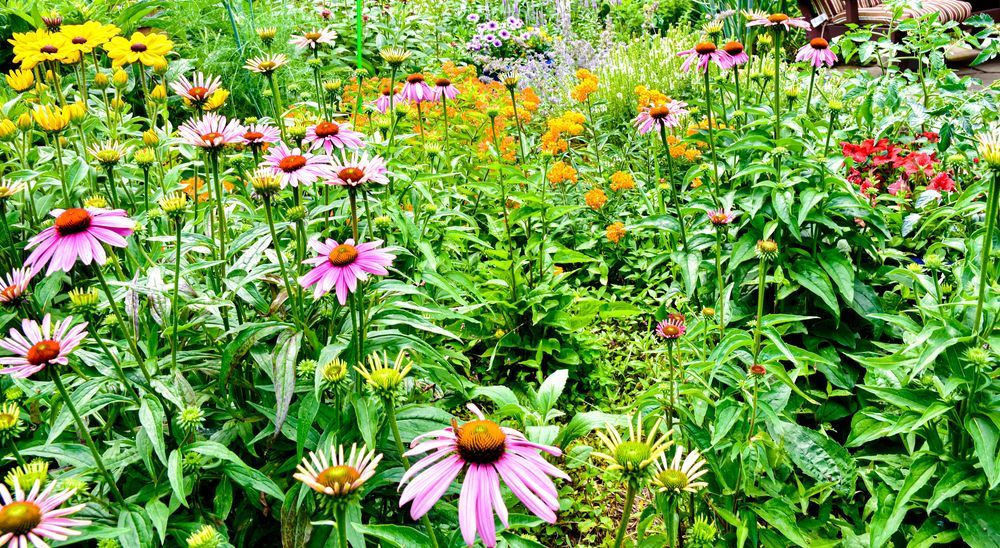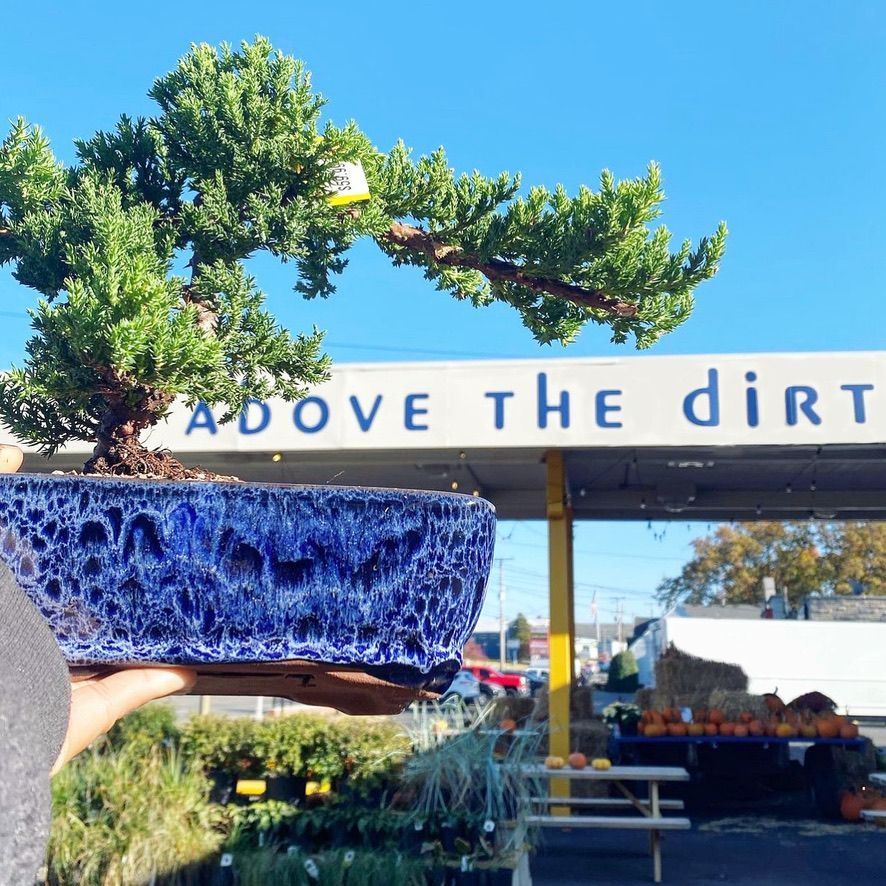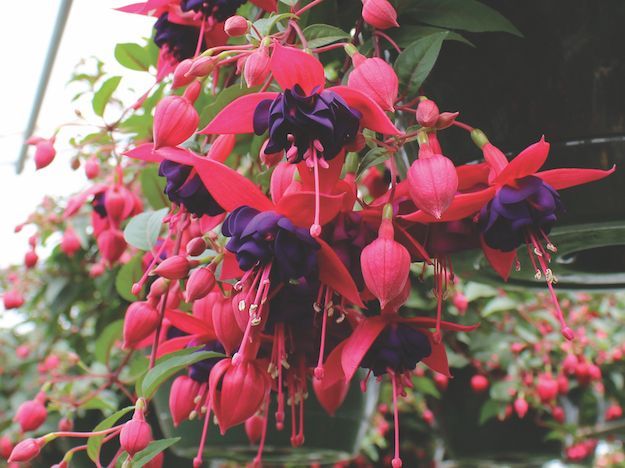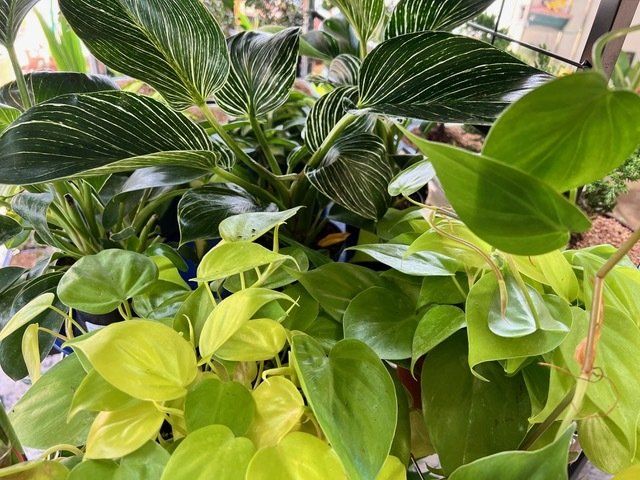Mulch - your spring guide
Mulch - why so many options!?!
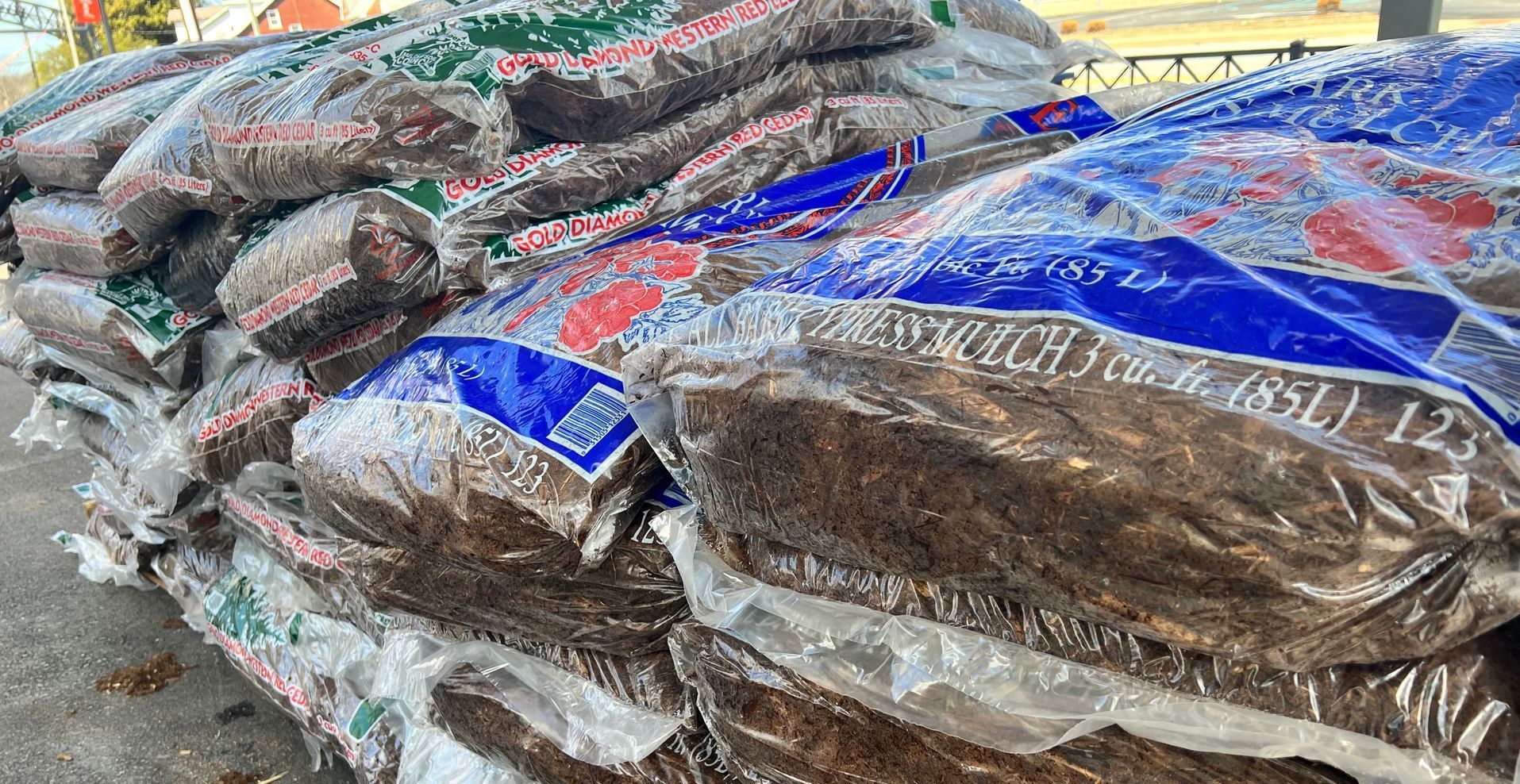
Adding mulch to your landscaping is a common practice because it offers many benefits for both the plants and the soil. The question is - what type of mulch should I use? And why do mulch prices vary so much?
Pricing of mulch depends mainly on the size of the bag, the type of material the mulch is made from, and the grade of the mulch material used.
There is no standardized grading system for mulch, and different suppliers may use different terminology to describe their products. However, here are some common grades of mulch that you may come across:
- Premium or Grade A: This is the highest quality mulch available, made from the finest materials with little to no filler. It is often made from bark or wood chips from high-quality tree species, and may be more expensive than other grades.
- Economy or Grade B: This is a mid-range mulch that is still of okay quality, but usually contain a higher percentage of filler materials such as leaves or twigs. It is often less expensive than Premium or Grade A mulch.
- Shredded: This type of mulch is made by shredding tree bark or wood into smaller pieces. It may come in various grades, depending on the quality of the materials used.
- Bark Nuggets: Bark nuggets are larger chunks of bark that are often used for decorative purposes. They are generally more expensive than other types of mulch.
- Compost: Compost can be used as a mulch, and is made from decomposed organic materials such as leaves, grass clippings, and food waste. It is an excellent source of nutrients for plants and can help improve soil health.
- Pine Straw: a slightly acidic pH, which can be beneficial for acid-loving plants such as azaleas, camellias, and blueberries. Pine straw is made from the needles that naturally fall from pine trees. It is a renewable resource that can be sustainably harvested, making it an eco-friendly choice.
Grade A mulch is made from high-quality materials, such as finely shredded hardwood bark, and contains little to no filler material. It is typically more uniform in size and color and has a finer texture than Grade B mulch. Grade A mulch is often used in high-visibility areas, such as residential landscaping, where appearance is important.
Grade B mulch, on the other hand, may contain a mixture of different materials, including bark, leaves, twigs, and other organic matter. It is typically coarser in texture and may have a more varied color and appearance than Grade A mulch. Grade B mulch is often used in larger areas, such as commercial landscaping or for erosion control, where appearance is less important than function.
Grade A cypress and cedar mulch are often considered to be worth the money because of their many beneficial properties.
Here are a few reasons why:
- Longevity: Grade A cypress and cedar mulch are slow to decompose, meaning they last longer than other types of mulch. This can save you money in the long run since you won't have to replace it as frequently.
- Pest Control: Both cypress and cedar contain natural oils that help repel insects and other pests. This can help keep your plants healthy and reduce the need for chemical pesticides.
- Moisture Retention: Grade A cypress and cedar mulch are excellent at retaining moisture, which can help keep your plants hydrated and healthy during dry periods. This can also reduce the need for watering and save you money on your water bill.
- Aesthetics: Cypress and cedar mulch have a beautiful, natural look that can enhance the appearance of your landscaping. The uniform texture and color of Grade A cypress and cedar mulch can provide a clean, finished look to your garden or landscape design.
- Soil Improvement: As cypress and cedar mulch break down over time, they release nutrients back into the soil, which can improve the overall health of your garden or landscaping.
While Grade A cypress and cedar mulch are popular choices for homeowners and landscapers who are looking to invest in the health and beauty of their outdoor spaces.
Using cheap or bad mulch may have several potential drawbacks that could affect the health of your plants and the overall appearance of your landscaping. Here are a few examples:
- Poor Quality Materials: Cheap or bad mulch may be made from lower quality materials, such as waste wood or yard waste, that may contain harmful chemicals, weed seeds, or pests. This could lead to the introduction of harmful substances or pests into your garden, which could harm your plants or spread to other areas.
- Nutrient Depletion: Some types of cheap or bad mulch, such as those made from ground-up construction waste or pallets, may rob the soil of nutrients as they decompose. This could cause a decline in plant health over time.
- Fungal Growth: Poor quality mulch may contain spores of harmful fungi, such as artillery fungus, which can grow and cause unsightly spots on nearby surfaces, including your home or car.
- Excessive Water Retention: Some types of cheap or bad mulch may retain too much water, leading to waterlogging of the soil and root rot in your plants.
- Aesthetics: Cheap or bad mulch may be inconsistent in texture and color, making it less visually appealing than higher-quality mulch. This could detract from the overall appearance of your landscaping.
In summary, while cheap or bad mulch may seem like a cost-effective option, it could potentially harm your plants, soil, and overall landscaping. Investing in high-quality mulch may be a better long-term solution for promoting healthy plant growth and maintaining a beautiful outdoor space.
Why was the mulch afraid to jump into the flower bed?
Because it didn't want to soil its reputation!
:)
Above the Dirt Garden Shop sells the following mulch options.
Here are our spring 2023 prices:
Premium, Cedar Grade A Mulch. 3 CU FT (large) bag: $14.99
Premium, Cypress Grade A Mulch. 3 CU FT (large) bag: $17.99
Bale of straw: $11.99 (available beginning in April)
Bale of Pine Straw: $19.99 (available beginning in April)
*prices are subject to change
